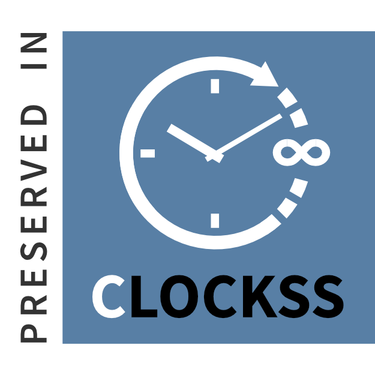Profiling the Cytopathological Diagnosis of Enlarged Lymph Nodes on Fine Needle Aspiration Cytology
Abstract
Background: This study aimed to assess the distribution of fine-needle-aspiration-cytology or biopsy findings through cytopathological patterns of lymph nodes aspirations in different age groups of the population visiting a tertiary level hospital in Kathmandu.
Methods: The retrospective study was conducted on the database of the 226 lymphadenopathy cases that underwent biopsy fine needle aspiration cytology from 1 January 2016 to 31 December 2019 at the Department of pathology of Helping Hand’s Community Hospital, Kathmandu. A descriptive analysis was performed yielding proportions and counts for the quantitative variables. Chi-squared test was used to compare the proportions. Point estimates and confidence intervals for measures of association were assessed with 95% confidence interval and p-value ?0.05 was considered statistically significant.
Results: The 20-40 years were the most common age group undergoing biopsy fone needle aspiration cytology procedures. Males recorded majority of cases (68%, 153 of 226). The highest incidence of Reactive lymphadenitis was obtained (50%, 113 of 226) and it was the most common findings in the age group of <20 and 40-60 years. The Cervical lymph node (86%) was the most common anatomical location followed by axillary lymph nodes (8%). Squamous cell carcinoma and Adenocarcinoma accounted for more than half (53%, 20 of 38) of all the diagnosed malignancy. The incidence of Non-Hodgkin lymphoma and Hodgkin lymphoma were 8% (n = 3 of 38) and 5% (n = 2 of 38) respectively.
Conclusions: Lymph node enlargement is associated with a wide range of etiologies with Reactive lymphadenitis as the most common cause and cervical lymph node as the common site.
Keywords: Cytopathology; fine needle aspiration cytology; lymph node.
Copyright (c) 2022 Sujan Shrestha, Dinesh Khadka, Anuja Bhandari Thapa, Kshitiz Shrestha

This work is licensed under a Creative Commons Attribution-NonCommercial 4.0 International License.
Journal of Nepal Health Research Council JNHRC allows to read, download, copy, distribute, print, search, or link to the full texts of its articles and allow readers to use them for any other lawful purpose. Copyright is retained by author. The JNHRC work is licensed under a Creative Commons Attribution-NonCommercial 4.0 International (CC BY-NC 4.0).












